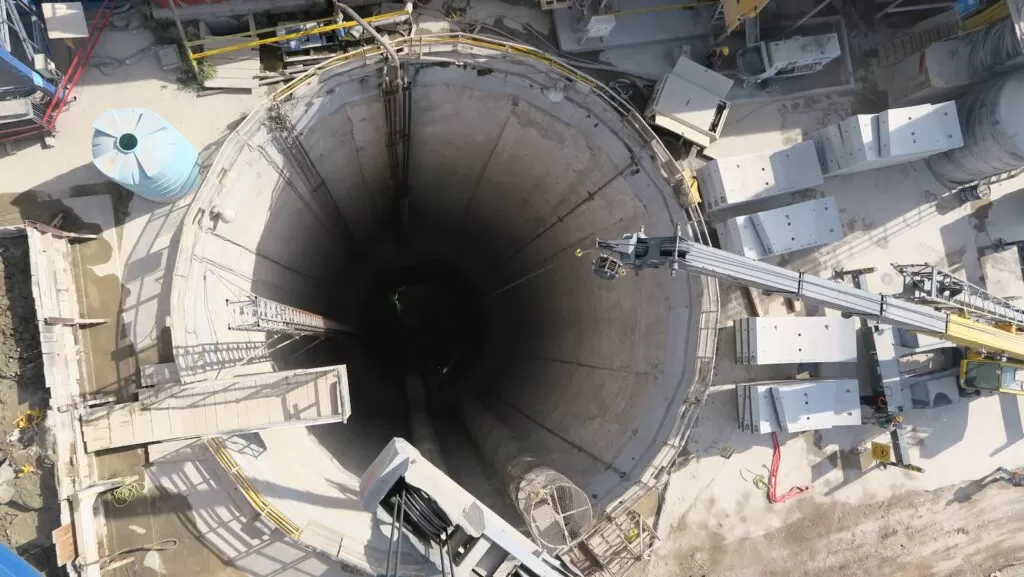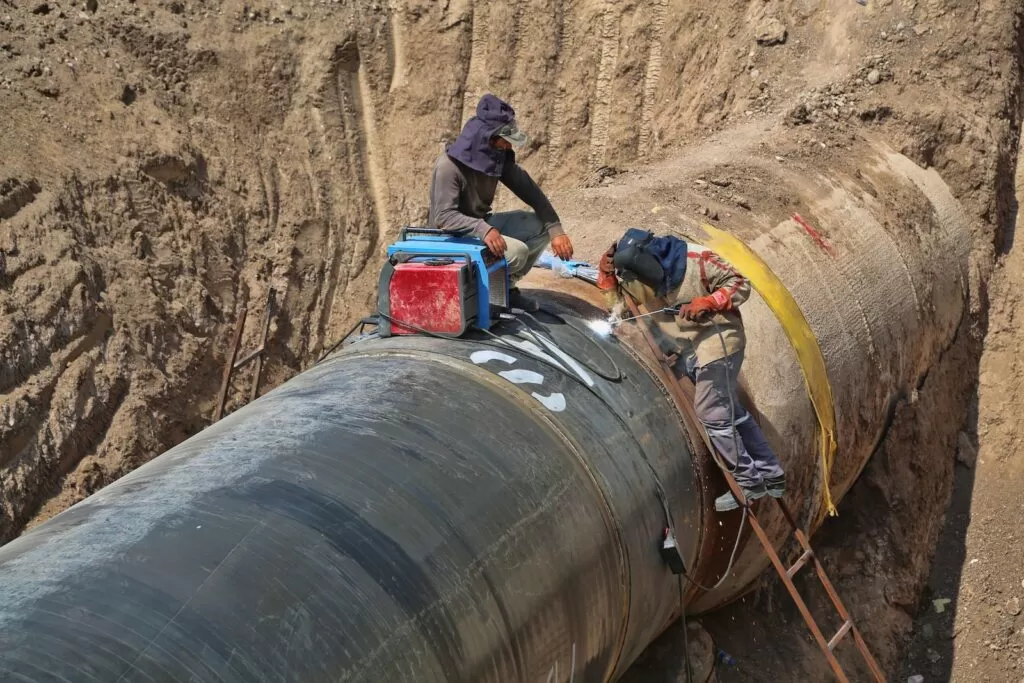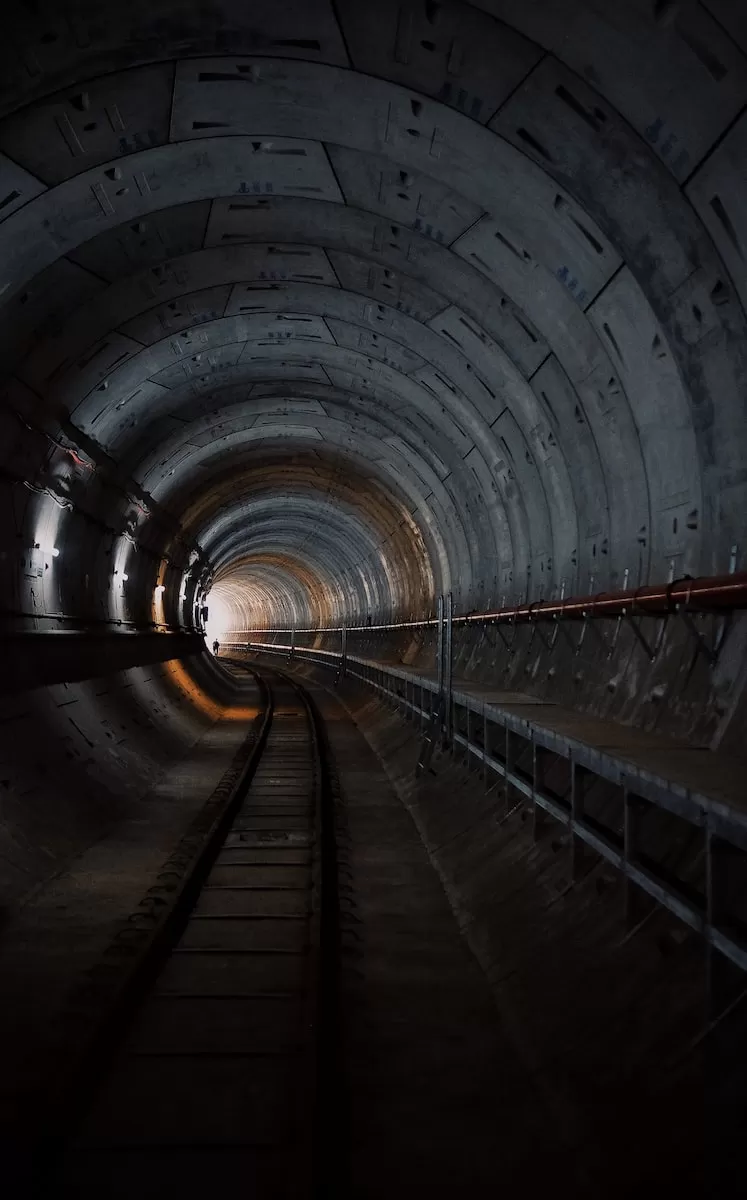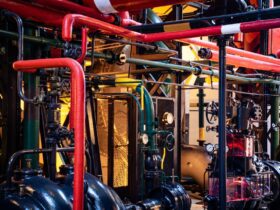What is pipe jacking? With pipe jacking, pipes are installed directly behind a machine while controlled excavation is performed at the face of the line. A flexible, structural, watertight pipeline is the result.
By supporting charities, you will not only be helping those in need but also be receiving a few benefits, including improving employee morale, gaining marketing experience, tax deductions, and improving your local communities.


What is Trenchless technology?
Trenchless technology is a type of construction that uses less manpower and fewer resources than traditional excavation methods. The system uses a variety of sensors to detect the presence of underground obstacles, and create a trench around them without having to break the surface. This method can be used for projects such as waterline repair, gas line installation, or infrastructure upgrades.
Pipe jacking has many benefits. In this article, we have laid out the advantages of pipe jacking.
Benefits Of Pipe Jacking
Environmental Benefits
Traditional open-cut trenching causes several environmental problems. Air pollution and noise pollution are common side effects of open-cut trenching.
Dust particles are swept into the air during excavation, and the loud noises made by heavy-duty construction equipment can disturb the natural habitat of many animals and insects. Loud noises are known to impair an animal’s survival instincts and can lead to the extinction of some species.
Unlike traditional open-cut methods, pipe jacking requires only an entry and exit pit to be excavated. This leaves the stretch of ground in between the two points undisturbed.
With less ground disturbance, pipe jacking will impact the surrounding fauna and flora on a smaller scale. In addition to reducing restoration costs, the installation process will be quicker.
As less time and machinery are needed to complete a project, carbon emissions are sometimes lowered by up to 75%.
Urban Benefits
With the open-cut method, the length of the installation needs to be blocked off (for the safety of residents); this can include roads and walkways. The blocked-off areas will only be accessible once the installation is completed and the site is safe for the public, which can take months.
Due to the limited site footprint of pipe jacking, pipe jacking will not be as disruptive to residents and workers around the construction site compared to traditional open-cut methods.
Safety Benefits
Excavation work is considered hazardous, and failures like cave-ins can happen instantly. Working near excavations includes dangers like falling into trenches, flooding or water accumulation, a dangerous atmosphere, being struck by machinery, and equipment failures resulting in harm to workers.
As trenches get more profound, the danger to workers increases. Any excavations deeper than 1.5m is considered high risk.
Although pipe jacking is not without safety hazards, they are drastically reduced with only two pits (entry and exit) that need to be excavated. Person-hours are also reduced due to minimal excavation, which leads to fewer accidents.
For the duration of the installation, the operator is fully protected. The operator sits within a safety enclosure known as a Falling Object Protective System (FOPS). Operators don’t need to be exposed to the outside environment; should anything fall from above, they are shielded.


In cases where a trench might contain live wires, unique safety mechanisms warn employees. A strike alert mechanism inbuilt into the machine will sound if live wires are hit, informing the operator that the machine is live.
Over the last few years, trenchless technology has gained popularity. When obstacles like roads, rivers, and buildings are present, pipe jacking is the perfect solution.
Conclusion
Pipe Jacking can provide many benefits for your business. When done correctly, it:
-Increases production by freeing up equipment and providing extra capacity;
-Reduces downtime by increasing the efficiency of processes;
-Can prevent costly accidents by helping to avoid stuck or tangled pipes;
-Can help reduce noise levels in the workplace, making it an ideal solution for sensitive environments.































